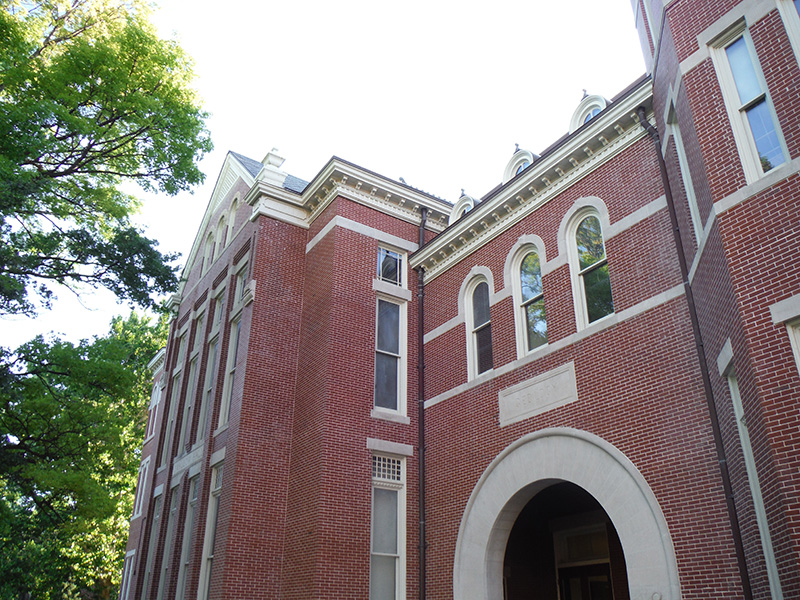Swallow Hall





Challenge
In this construction defect lawsuit, the plaintiff sued the mason contractor to hold them liable for issues that were either frivolous or related to the work of other contractors or the designer. The case involved brick veneer construction, with water leaking into the building after rainstorms. By the time Atkinson-Noland & Associates came on board, the developer had already decided upon the expensive option of removing all the brick from two six-story buildings, based upon incomplete information provided by their expert. The legal team hired us not only for our expertise from a legal standpoint, but also because we know the most cost-effective ways to repair masonry.
Solution
We began by conducting site investigations and tests. In addition, we designed and supervised construction of a large mockup site for testing, which consisted of one-and-one-half stories, two walls, concrete floors, doors and windows, etc. One wall was constructed as designed—and built by the mason; the other side was built according to a design of our recommendation. We then conducted a series of water tests on the two walls.
Solutions Provided
Compatible injection fill (CIF) is customized to the material properties of the host structure, based on nondestructive evaluation and materials characteristics testing. Technicians pump a fluid, cement-based grout mixture into cracks, voids, or cavities within masonry. Low injection pressures prevent damage, while strengthening already fragile materials.
With specialized expertise in design, construction, and repair of masonry and concrete, ANA engineers have been recognized as expert witnesses in more than 100 legal proceedings. Our engineers assist legal teams and offer expert opinions, reports, and testimony about design quality, construction defects, and material deficiencies.
ANA engineers conduct investigative studies to understand causes of problematic conditions and to develop solutions that mitigate future distress. Forensic studies may involve monitoring building movement, assessing material deterioration, evaluating corrosive effects, and mapping cracks. Analysis of results reveals the relationships between observed conditions and their causes.
Nondestructive tools such as moisture meters, surface-penetrating radar, and infrared thermography can identify areas of high moisture content and track moisture penetration back to its source. Spray tests are often used to identify moisture leakage pathways and the rate of moisture infiltration. ANA can perform tests in accordance with ASTM C1601, ASTM C1715, ASTM E514, ASTM E1105 and AAMA 501.2.
Surface-penetrating radar (SPR), also referred to as ground-penetrating radar or impulse radar, provides valuable information about structural and non-structural building components without causing damage. The radar data reveals voids, construction layers, and the presence of other materials, such as metal inclusions, as well as the thickness of the element.
Result
The as-built, as-designed side leaked water into the building, similar to what had happened on site. The wall built according to our design, however, never leaked.
Project
Swallow Hall
University of Missouri
Columbia, Missouri
Client
Fowler, Schimberg, Flanagan & McLetchie P.C.
Denver, Colorado
Partners
Central Masonry

